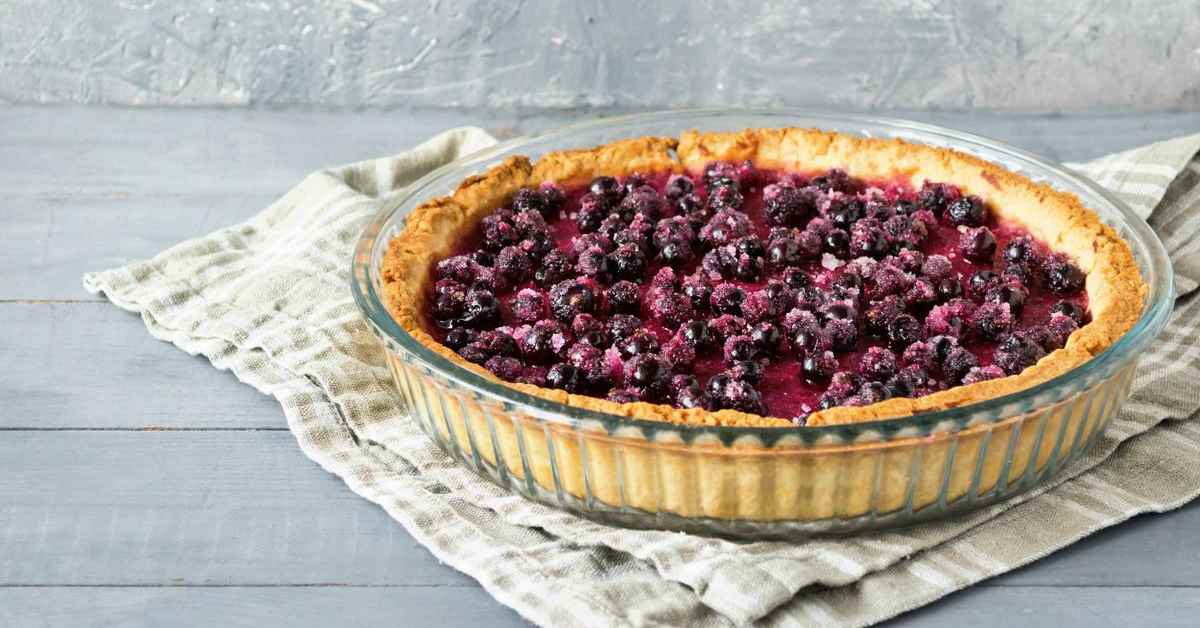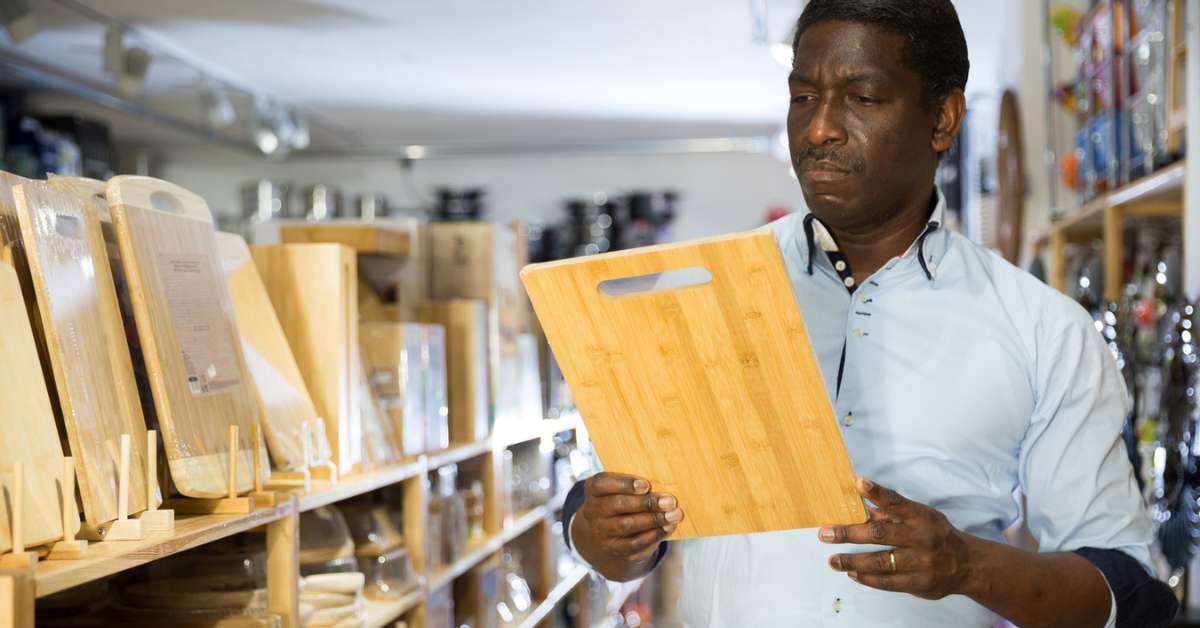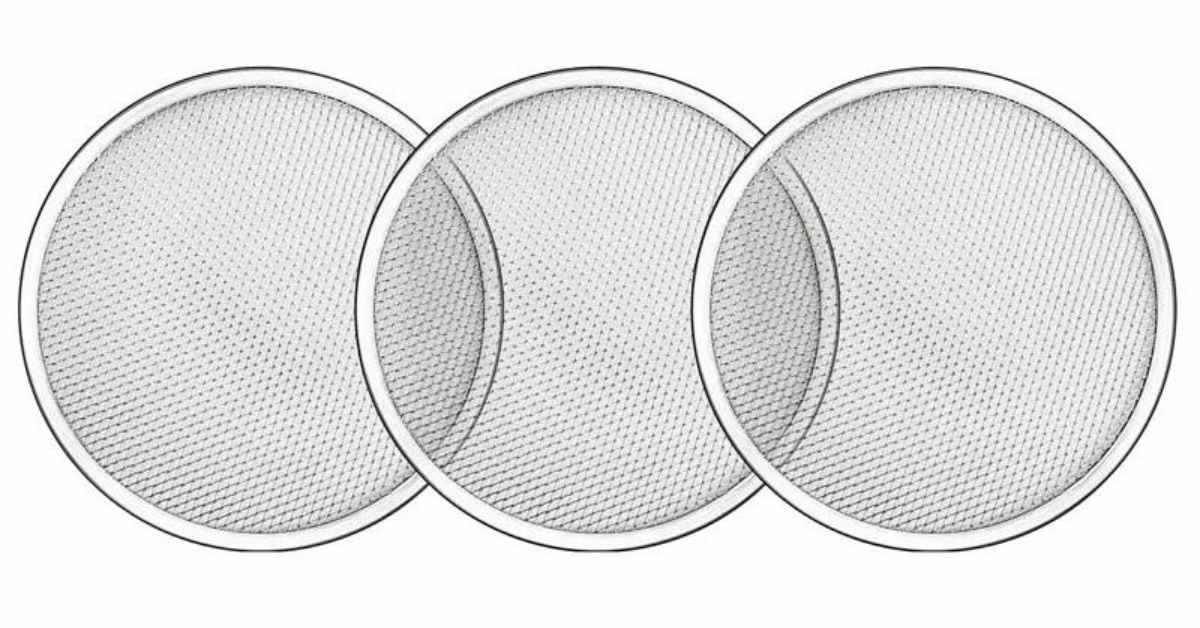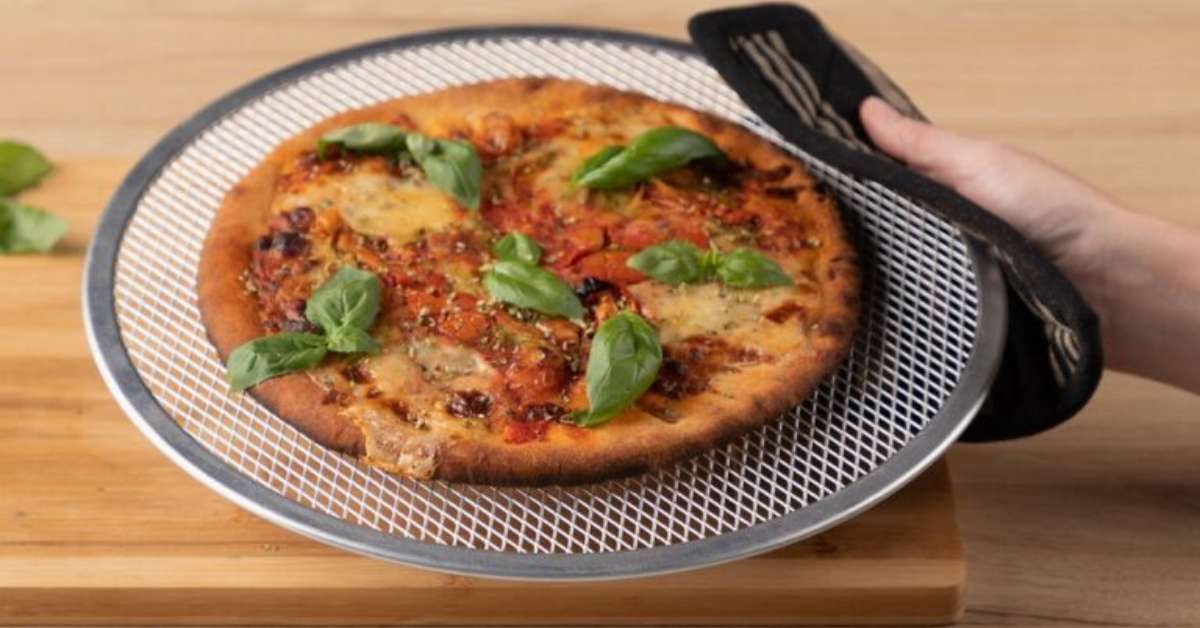If you’ve ever found yourself with leftover pie or a desire to prepare ahead, the question of whether you can freeze a glass pie dish might have crossed your mind. Freezing glass can be tricky due to its sensitivity to temperature changes, but fear not!
In this article, we’ll delve into expert tips on safely freezing glass pie dishes and explore some viable alternatives that maintain both the integrity of your plate and the deliciousness of your pie, whether you’re a culinary enthusiast or just looking for ways to cut down on food waste, read on for insights that’ll keep your pies fresh and flavorsome.
Table of Contents
ToggleUnderstanding What are glass pie dishes
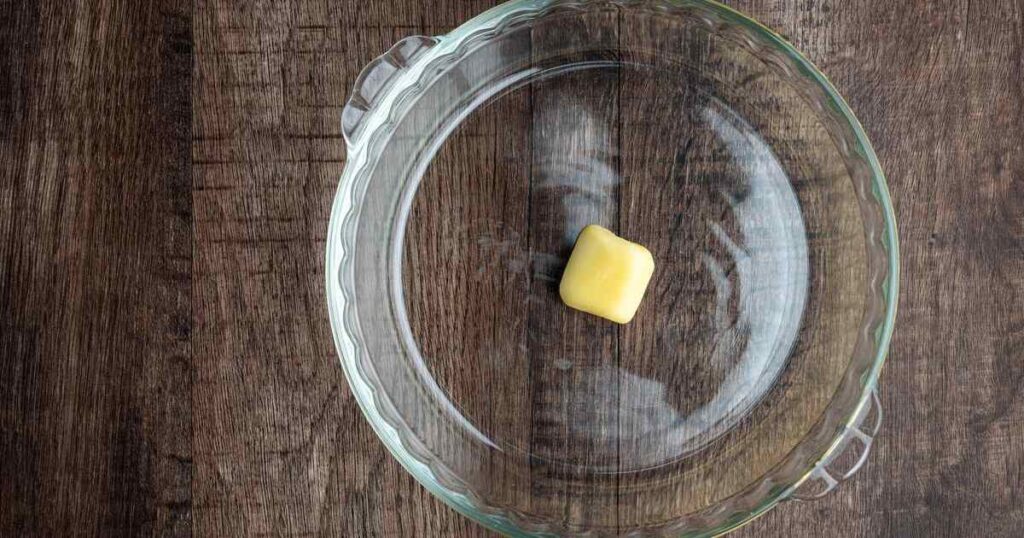
Glass pie dishes are a staple in many kitchens, cherished for their elegant appearance and even heat distribution. These dishes are typically made from tempered glass, designed to withstand high temperatures, making them suitable for baking pies and other delectable treats.
Their transparent nature allows you to monitor the browning and bubbling of the crust, adding an aesthetic touch to your baking experience.
Glass pie dishes come in various shapes and sizes, from classic round to decorative designs. They’re renowned for creating crisp, golden crusts and evenly cooking the fillings.
However, it’s crucial to note that glass can be sensitive to sudden temperature changes, which raises questions about freezing them.
Can You Freeze Glass Pie Dish: Yes or No
Whether you can safely freeze a glass pie dish is a common culinary conundrum. While glass is renowned for its baking prowess, its vulnerability to thermal shock can raise concerns about freezing. The answer, however, is not a simple “yes” or “no.”
Experts suggest that while it is possible to freeze a glass pie dish, it requires a cautious approach to prevent potential cracking or shattering. The key lies in gradual temperature changes. Before freezing, ensure that your pie has cooled down to room temperature.
Then, wrap the pie dish tightly with plastic wrap or aluminum foil to protect it from moisture and freezer burn. Place the covered container in a freezer-safe bag and slowly introduce it to the freezer, preferably in a less cold area initially.
When reheating, allow the dish to thaw gradually in the refrigerator before transferring it to the oven.
If you’re seeking more foolproof alternatives to freezing your beloved pies, let’s explore creative options that maintain the taste and texture without subjecting your glass pie dish to extreme temperature variations.
Preparing a Glass Pie Dish for Freezing
Preparing a glass pie dish for freezing is crucial to avoid unexpected mishaps. To embark on this freezing adventure, follow these steps to safeguard your glass dish and preserve your scrumptious pie:
Cool to Room Temperature: Allow your freshly baked pie to cool down completely before even considering freezing it. Rapid temperature changes can cause stress on the glass, leading to cracks or breaks.
Wrap it Up: Tightly wrap the pie dish with plastic or aluminum foil once cooled. This protective layer shields the container from moisture and prevents frost formation on the pie’s surface.
Insulate with Care: Slide the wrapped pie dish into a sturdy, freezer-safe bag. Ensure there’s minimal air trapped within the bag to prevent freezer burn. Seal the bag securely to maintain optimal freshness.
Go Gradual: When placing the wrapped dish in the freezer, choose a spot where it won’t experience a sudden drop in temperature. Gradual cooling minimizes the risk of thermal shock to the glass.
Label and Date: Remember to label the package with the type of pie and the date it was baked. This helps you track what’s in your freezer and ensures you enjoy your pies at their best quality.
By meticulously following these steps, you increase the chances of successfully freezing your glass pie dish and savoring your homemade pie later. Remember, gentle handling and gradual transitions are the keys to a well-preserved pie.
Freezing a Glass Pie Dish
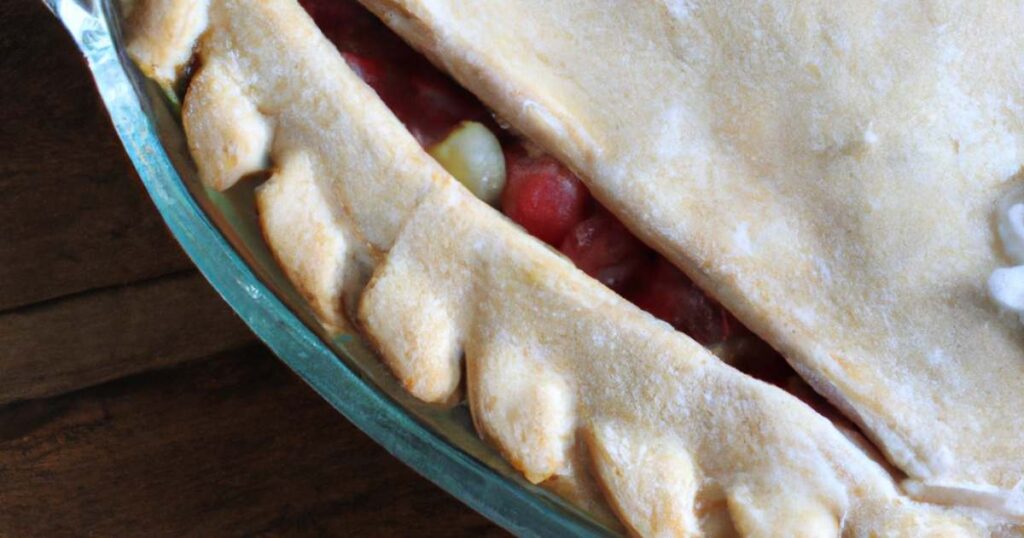
Freezing a glass pie dish requires a delicate touch to prevent the glass from succumbing to temperature-related stress. Follow these guidelines to freeze your glass pie dish while safeguarding its structural integrity:
Choose the Right Moment: Once your pie has cooled completely, choose an appropriate time to freeze it. Avoid abrupt temperature changes that could lead to cracks.
Wrap it Safely: Wrap the glass pie dish securely with plastic wrap or aluminum foil. Ensure every inch is covered to protect it from moisture and ice crystals.
Double Up: To offer an extra layer of protection, slide the wrapped dish into a freezer-safe bag. Squeeze out excess air before sealing to prevent freezer burn.
Opt for Gradual Cooling: Place the wrapped dish in the coldest section of your freezer, but not directly against the freezer walls or floor. This approach helps the plate adapt to colder temperatures more gradually.
Mindful Thawing: Transfer the dish from the freezer to the refrigerator when ready to enjoy your pie. Allow it to thaw slowly, preventing drastic temperature shifts that could compromise the glass.
Reheating Considerations: If you plan to reheat the pie, remove it from the freezer and let it thaw in the fridge. Only place it in the oven once it has reached refrigerator temperature.
Prioritize Quality: While freezing glass pie dishes is feasible with proper care, remember that frequent temperature changes can affect their longevity. If you’re concerned about your dish’s well-being, consider using alternative containers for freezing.
By embracing these strategies, you can confidently freeze your glass pie dish, ensuring that your culinary creations remain intact and your pie-eating experiences remain delightful.
Thawing a Frozen Glass Pie Dish: The Best Way to Thaw
When thawing a frozen glass pie dish, a gradual approach is your best bet to ensure its continued structural soundness. Here’s the optimal method to melt your frozen pie dish and enjoy your pie without any unexpected mishaps:
Refrigerator Revival: Retrieve the wrapped frozen pie dish from the freezer and place it in the refrigerator. Allow ample time for the pie dish to thaw slowly over several hours or overnight. This gentle method prevents abrupt temperature shifts that could cause the glass to crack.
Patience is Key: Resisting the urge to rush the thawing process is crucial. Letting the glass pie dish adjust to the warmer temperature at its own pace minimizes stress on the material.
Reheating with Care: If your pie needs to be reheated after thawing, transfer it and its dish to a preheated oven. Remember, a cold glass dish should never be placed directly into a hot oven to avoid thermal shock. Allow the pie dish to warm up in the oven gradually.
Avoid Microwaves: Microwaving a frozen glass pie dish is strongly discouraged, as uneven heating can lead to sudden temperature disparities and potential breakage.
Admire the Results: If your pie dish has thawed and been reheated, savor your perfectly melted pie if necessary. The effort to soften it correctly will undoubtedly pay off in its taste and texture.
By embracing this thoughtful thawing method, you’re ensuring the safety of your glass pie dish and enhancing your overall culinary experience.
Tips for Baking a Pie in a Frozen Glass Pie Dish
Baking a pie in a frozen glass pie dish can be a successful endeavor with a few essential strategies to keep in mind. Here are valuable tips to ensure your baking experience is as smooth as your pie’s filling:
Thaw Before Baking: Before you embark on your baking adventure, ensure your frozen glass pie dish has been appropriately thawed. Gradually transition it from the freezer to the refrigerator to prevent glass-related mishaps.
Preheat the Oven: Preheating your oven to the desired temperature is crucial for even baking. Give your range ample time to reach the specified temperature before placing the pie inside.
Adjust Baking Time: You may need to adjust the baking time when baking a pie in a frozen glass dish. Expect a slightly more extended baking period to ensure the filling is thoroughly heated and the crust achieves the desired level of golden perfection.
Use a Baking Sheet: Placing the glass pie dish on a baking sheet during baking provides an extra layer of insulation and helps distribute heat evenly. This precautionary step can help prevent sudden temperature changes that might stress the glass.
Monitor Progress: Keep a watchful eye on your pie as it bakes. Check the crust’s color and the filling’s consistency to ensure they’re both baking to your liking.
Mindful Cooling: Once your pie is baked to perfection, let it cool gradually on a wire rack. Avoid placing a hot glass pie dish on a cold surface to minimize the risk of cracking.
Indulge with Caution: After your pie has cooled down sufficiently, it’s time to indulge in your creation. Savor each delicious bite, appreciating your effort to ensure a successful baking experience.
By adhering to these tips, you’ll master baking a pie in a frozen glass pie dish, resulting in a delectable dessert that tastes as impressive as it is in presentation.
Alternatives to Freezing a Glass Pie Dish
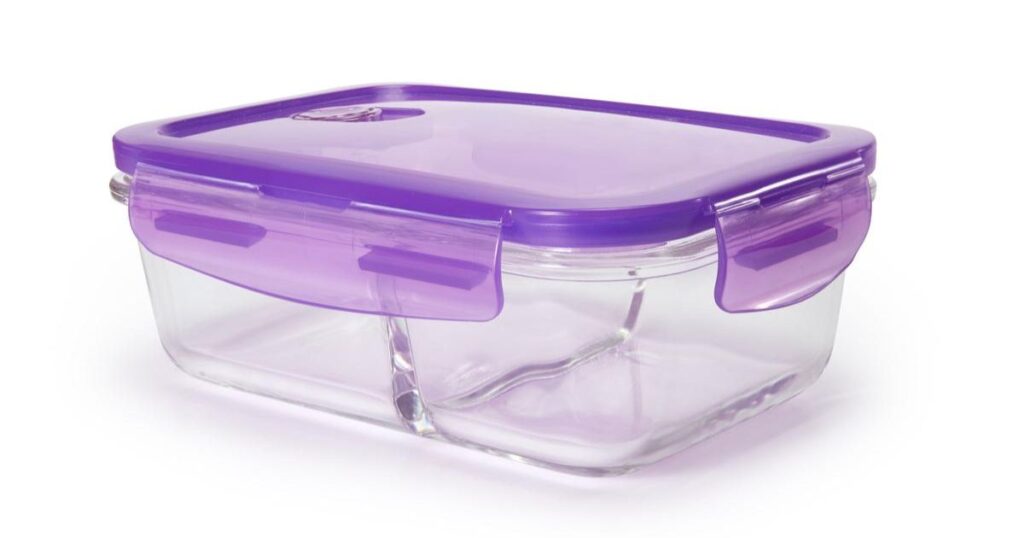
If the idea of freezing a glass pie dish makes you apprehensive, rest assured that there are alternative methods to preserve your pies without risking the fragility of glass. Consider these viable alternatives that prioritize both convenience and pie perfection:
Use Disposable Aluminum Pans: Opt for disposable aluminum pie pans for freezing and baking. These pans are sturdy, can withstand temperature changes, and eliminate the need to worry about potential glass breakage.
Invest in Freezer-Safe Containers: Look for freezer-safe containers made from materials like plastic or silicone. These containers are designed to handle freezing temperatures without compromising the integrity of your pies.
Wrap Individual Slices: If you anticipate consuming your pie in smaller portions, consider wrapping individual slices tightly in plastic wrap or aluminum foil. This way, you can retrieve and thaw only the necessary pieces, minimizing waste and avoiding the need to freeze an entire glass pie dish.
Opt for Crust-Only Freezing: If you’re concerned about the filling’s texture after freezing, you can freeze the crust separately. Blind bake the crust, cool it completely, and wrap it tightly before freezing. When ready to use, you can fill the thawed crust with your desired filling and bake.
Bake and Store: Instead of freezing, bake your pies ahead of time and store them in the refrigerator. Many pies can stay fresh for a few days in the fridge, offering a convenient solution without freezing.
Embrace Fresh Ingredients: Sometimes, the best way to enjoy a pie is by using fresh ingredients. If you’re looking to avoid freezing altogether, consider making smaller batches of pies that can be consumed within a shorter time frame.
By exploring these alternatives, you can maintain the flavor and texture of your pies while sidestepping the potential complexities of freezing glass. Choose the method that aligns with your preferences and culinary needs, and continue delighting in the joy of freshly baked pies.
Advantages and Disadvantages of Freezing Glass Pie Dishes
As with any culinary technique, freezing glass pie dishes has advantages and disadvantages. Let’s weigh the pros and cons to help you make an informed decision when it comes to preserving your pies using this method:
Advantages
Convenience: Freezing pies allow you to prepare ahead of time, making it easier to have homemade treats for unexpected guests or busy days.
Maintains Freshness: Properly frozen pies can retain their taste, texture, and flavors, offering a delicious experience even after being stored for a period.
Preserves Seasonal Delights: You can freeze pies made from seasonal ingredients, extending their availability beyond peak harvest time.
Reduces Food Waste: Freezing uneaten portions of pies reduces food waste by allowing you to enjoy leftovers later.
Disadvantages
Risk of Glass Breakage: Glass pie dishes are sensitive to abrupt temperature changes, increasing the risk of cracks or breakage during freezing or reheating.
Alters Texture: While flavors can be maintained, the texture of sure pies, especially those with delicate fillings, might be slightly affected by freezing.
Thawing Challenges: Thawing a glass pie dish requires careful planning to avoid thermal shock, which could compromise the integrity of the glass.
Time-Consuming Process: Properly thawing and reheating frozen pies can be time-consuming compared to baking them fresh.
Quality Variations: Pies with high moisture content, such as custard pies, might experience variations in quality after freezing and thawing.
Ultimately, the decision to freeze a glass pie dish depends on your priorities, the type of pie, and your willingness to navigate the potential challenges. If you value convenience and are willing to follow best practices, freezing glass pie dishes can be a valuable tool in your culinary arsenal.
Conclusion
In culinary preservation, freezing glass pie dishes offer convenience and caution. While it allows for preparedness and extended enjoyment of your favorite pies, it demands careful handling and gradual temperature transitions to avoid potential glass breakage.
Whether you embrace this method or explore alternative ways to store your pies, the key lies in prioritizing the quality and integrity of your culinary creations and the glass pie dishes that hold them. With these insights in mind, you’re well-equipped to make the best decision for preserving your pies while savoring every delectable bite.
FAQs
Can you put a glass pie dish in the oven?
Yes, you can use a glass pie dish in the oven for baking. However, following temperature guidelines and avoiding sudden changes is crucial, possibly leading to glass breakage. Gradually preheat the oven and place the dish on a baking sheet to promote even heating.
Can you freeze pie in a glass pie dish?
While you can freeze pie in a glass dish, it requires cautious preparation and gradual temperature transitions. Thawing should also be done gradually to prevent glass breakage. Alternatively, consider using freezer-safe containers or aluminum pans for freezing.
Are glass dishes freezer safe?
Glass dishes can be used for freezing but are sensitive to temperature changes. Choose tempered glass and follow proper freezing guidelines to minimize the risk of breakage. It’s essential to thaw glass dishes gradually to avoid thermal shock.
What is the best pie dish for freezing?
Disposable aluminum pans, freezer-safe containers made of plastic or silicone, and crust-only freezing are viable alternatives for preserving pies without risking glass breakage. These options ensure your pies remain intact during freezing and reheating.
What pies do not freeze well?
Pies with high moisture content, such as custard or meringue pies, might experience texture changes after freezing. Delicate fillings, like those with fresh fruits, can also suffer from thawing. It’s best to consider alternative preservation methods for such pies.

